Jamil Naqsh: Monarch of the skies
With Naqsh’s passing, Pakistan loses a stalwart, a true trailblazer of its art world
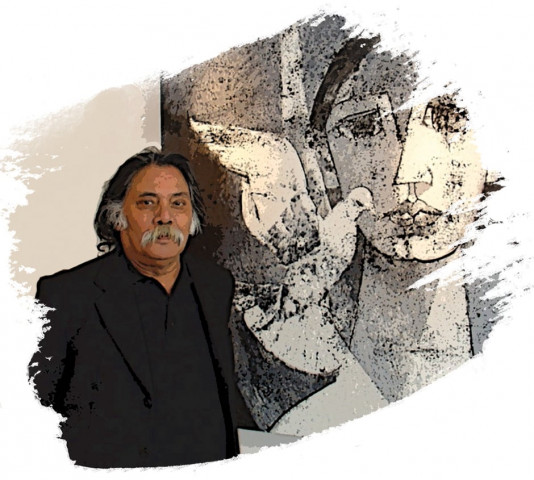
DESIGN BY: IBRAHIM YAHYA
Of course, her is remembered more for his tyranny than his fledgling artistic ambitions but, ultimately, as Kazuo Ishiguro posits, there is something profoundly tragic about a life “filled with the ghosts of wrecked dreams.” Pakistan has not only been indifferent towards its artists, it’s been hostile. Therefore, when in the face of such strife the likes of Qurratulain Hyder and Josh Malihabadi persevere due to obstinate stubbornness, one cannot help but applaud. But Jamil Naqsh doesn’t just deserve applause, he deserves a standing ovation.
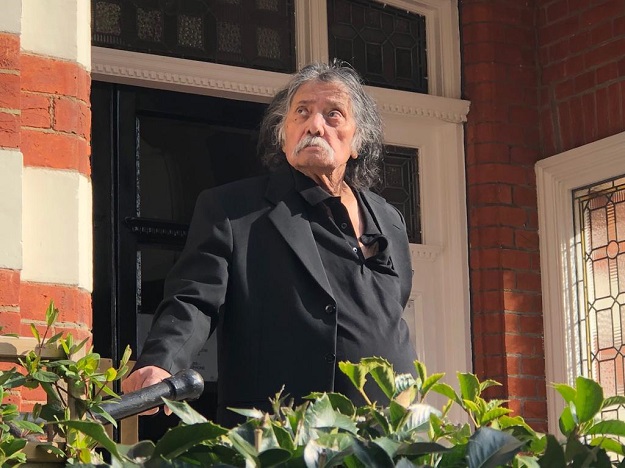 Jamil Naqsh was a recipient of the President's Award for Pride of Performance in 1989 and the Sitara-i-Imtiaz in 2009. PHOTO: PR
Jamil Naqsh was a recipient of the President's Award for Pride of Performance in 1989 and the Sitara-i-Imtiaz in 2009. PHOTO: PRIf in the pantheon of Pakistan’s painting gods Sadequain is Apollo and Bashir Mirza is Dionysus, then Naqsh is Zeus: the monarch of the skies. For Naqsh, the skies have always coming bearing gifts. In his childhood home in Kairana, birds would come swooping down into the house, enchanting a young Naqsh from an early age. His enduring love for literature, music and philosophy would take flight in that very home as Naqsh would watch his father and his friends revel in the joys of poetry and oration.
Muniba Mazari continues to inspire, this time through art
The pigeons are of course a recurring motif in his work, in his memory. Saul Bellow says that, “Everybody needs his memories. They keep the wolf of insignificance from the door.” But Naqsh didn’t just cling onto his memories, he distilled them into his work. His abruptly severed relationship with his mother finds its way into his collection of paintings titled Mother and Child. After dropping out of the Mayo School of Art, Naqsh grew to be greatly influenced by the likes of Pablo Picasso and Jean Auguste Dominique Ingres, but his work was never in servitude to them.
Ultimately, perhaps the true hallmark of a great artist is the ability to hone a uniquely singular artistic style which looms over all future artists, daring them to put up a challenge. If that is the case, then Naqsh is undoubtedly a master, but then again, few have thought otherwise. His depictions of the female face are porcelain like, fragile, adorned with those wide eyes and that flat nose which have become Naqsh’s trademark. He continued to paint nudes in a country which has a distaste for such depictions, but he also managed to please the religious with his stunning calligraphy. His later collections, one which was devoted to Mohenjo-daro prove that Naqsh continued to experiment thematically well until the end.
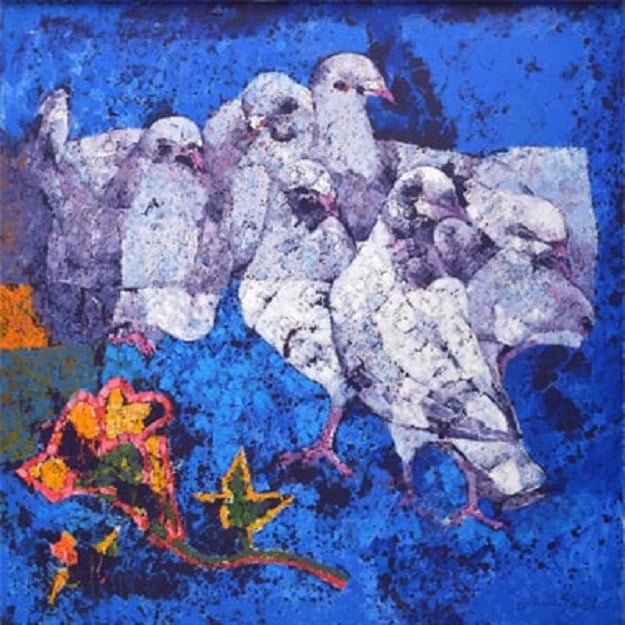
For those who wish to discover, or rediscover, the work of Naqsh, the Jamil Naqsh museum, which was created by his son Cezzane Naqsh serves as a true gem. Stuffed with the best that Naqsh has to offer, the place boasts a varied collection of work which is alive and well.
Naqsh was indeed the true master of his time. As art critic Marjorie Hussain recounts, Shakir Ali, the original titan of modern Pakistani art, sat nestled in his home labouring over a canvas when a visitor showed him some of Naqsh’s recent work. Upon seeing the paintings, Ali “smiled and snapped his brush in two, saying he no longer felt the need to paint as he had a worthy successor.”
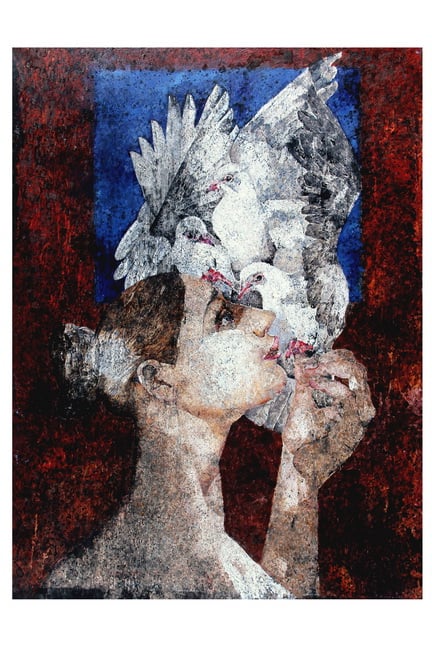
With Naqsh’s passing, Pakistan loses a stalwart, a true trailblazer of its art world. While many have fallen by the wayside with their artistic spirit still being held hostage within them, we as a nation were fortunate enough that Naqsh chose to unleash his talents in the most spectacular manner.
DESIGN BY: IBRAHIM YAHYA
Have something to add to the story? Share it in the comments below.

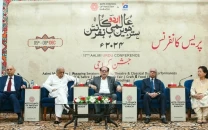



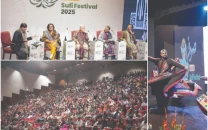













COMMENTS
Comments are moderated and generally will be posted if they are on-topic and not abusive.
For more information, please see our Comments FAQ